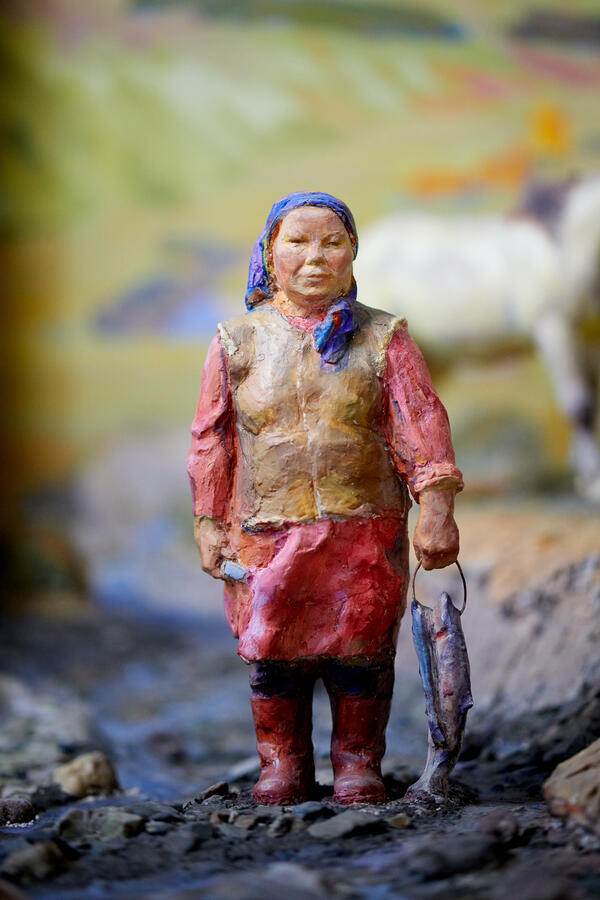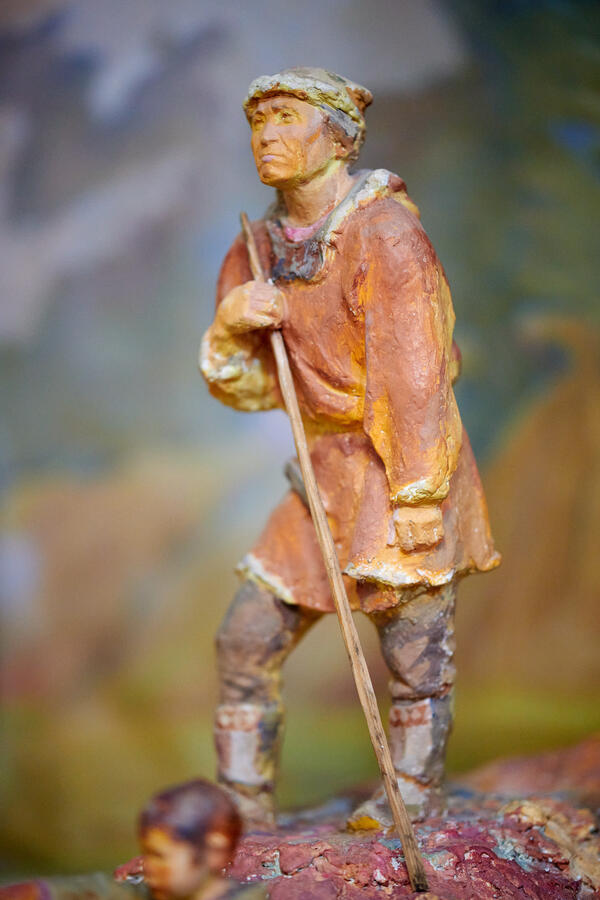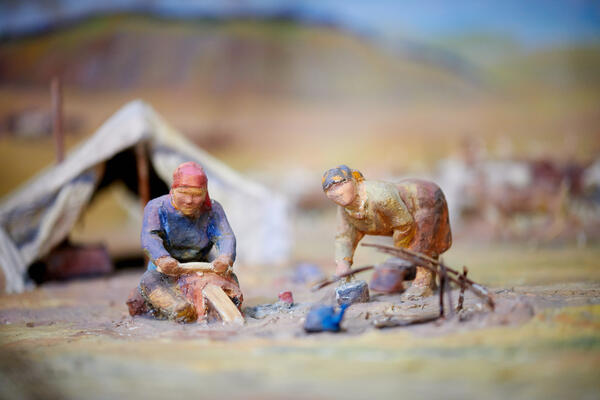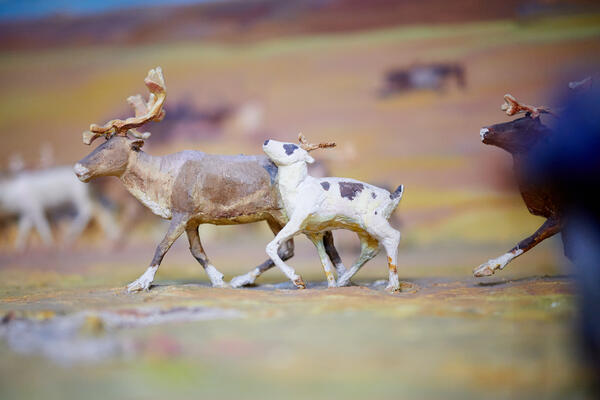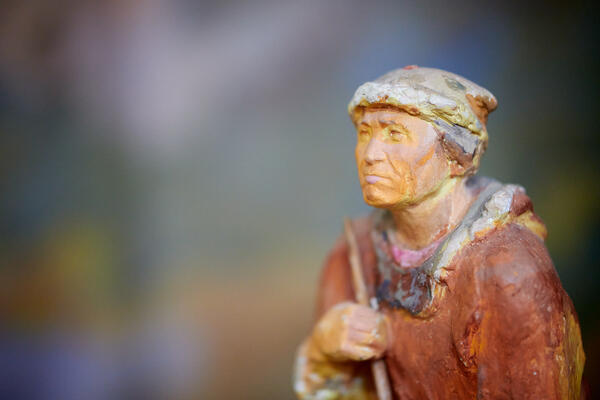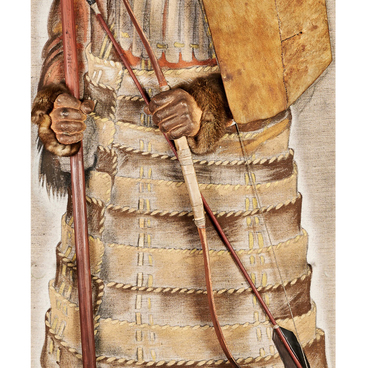The Koryaks are the ancient indigenous population of the region. They are one of the most numerous ethnic groups of Kamchatka. They have managed to preserve their culture and even their way of life to the present day. Modern trends are present in Koryak life, but many ancient customs and rituals are still observed.
The first mentions of the Koryaks are found in Russian documents of the 17th century. Back then they were already divided into two large groups: nomadic reindeer herders (“Chavchuven”) and seaside settled inhabitants (“Nymylan”), who were engaged in hunting sea animals and fishing. Koryaks had well-developed traditional crafts and trades: bone, horn and wood carving, fur and leather appliqué, embroidery on leather with sinew threads and reindeer hair, weaving of baskets, mats and bags of grass.

